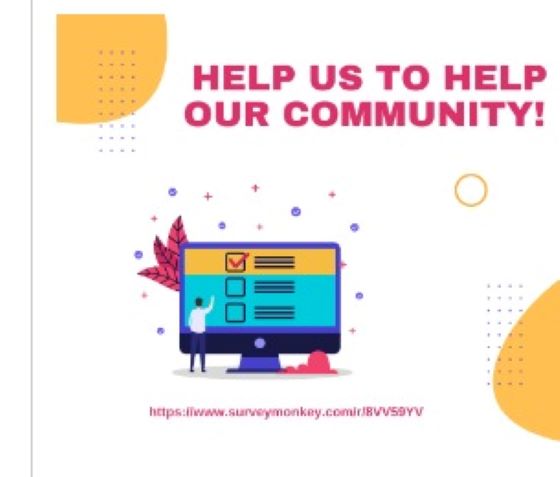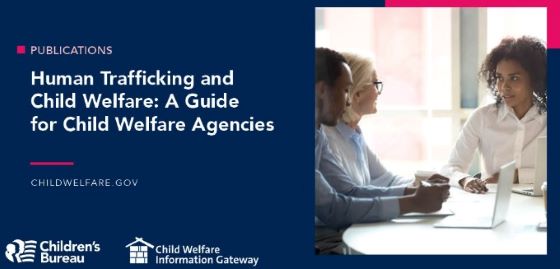csnnc
Nevada County Community Survey
 Community Survey: Help Identify the Needs of People with Low Income
Community Survey: Help Identify the Needs of People with Low Income
The Nevada County Adult and Family Services Commission plans and implements programs to assist people with low income in Nevada County through the use of Community Services Block Grant (CSBG) funding. Every three years, the Commission creates a comprehensive community needs assessment to help identify the top five needs in the county and guide the planning of services for low-income families in Nevada County.
As part of the community assessment, the Commission is conducting a short survey to better understand the community’s needs. If you live or work in Nevada County or represent, advocate for, or work for an organization that is interested in improving conditions affecting people with low income in our community, the Commission wants to hear from you!
Nevada County News
 Funding Opportunity: Mental Health Services Act
Funding Opportunity: Mental Health Services Act
The Mental Health Services Act (MHSA)-Prop 63 was passed by California Voters in 2004. The proposition is funded by a 1% tax on personal income over $1 million per year with the goal of utilizing the funds to expand and transform California’s behavioral health system to better serve individuals with and at risk of serious mental health issues and their families.
Nevada County Behavioral Health is developing the 3-year plan for MHSA programming for Fiscal Year 23/24 through Fiscal Year 25/26. As part of the planning process, counties are called to engage in a competitive Request for Information (RFI) process for MHSA providers.
Three separate RFIs have been released to correspond with the three primary programming categories of MHSA services. The RFIs include:
- Community Service and Supports (CSS) Programming
- Prevention and Early Intervention (PEI) Programming in Western Nevada County
- Tahoe/Truckee Prevention and Early Intervention Programming- Jointly released with Placer County
A virtual Pre-Bidder’s Conference is scheduled for January 9th at 1:00 p.m.
More Nevada County News:
- Take Action: Help Update the FCC’s Broadband Maps!
- Seven Nevada County Elected Officials Sworn into Office
- Nevada County Job Opportunities
And more!
Click here to read the full newsletter!
Come Ride the Smoothie Bike
NCSOS – Paraeducator Hiring Event
January is Human Trafficking Prevention Month
CalTrin 2023 Trainings
 Happy New Year! As we have entered 2023, now is the time to begin mindfully planning for your professional development—and CalTrin is here to help you reach those goals! To start, we want to thank everyone who took time to respond to our needs assessment survey. Your thoughtful feedback will help us ensure that CalTrin continues to provide training and training-related resources that are accessible, relevant, and useful to your work.
Happy New Year! As we have entered 2023, now is the time to begin mindfully planning for your professional development—and CalTrin is here to help you reach those goals! To start, we want to thank everyone who took time to respond to our needs assessment survey. Your thoughtful feedback will help us ensure that CalTrin continues to provide training and training-related resources that are accessible, relevant, and useful to your work.
Our 2023 training calendar features several new topics and some returning favorites, including a second offering of our Protective Factor of the Month series that kicks off next week. New this year, all webinars in this series will be presented with optional Spanish interpretation. Based on learner feedback, we are expanding our training offerings for Spanish-speaking professionals to include both interpretation options as well as trainings delivered fully in Spanish for select topics. Discover upcoming Spanish-language learning opportunities in the calendar below!
Lastly, what better way to start the new year than by looking back at CalTrin’s Top 10s of 2022. From our highest attended trainings to the most watched replays and most read blog posts, we highlight your favorite 2022 webinars, workshops, and resources below!
Happy Holidays
The Community Support Network will be closed beginning Friday December 23rd – Tuesday January 2nd. We will reply to all messages upon returning to the office. Our January CSN meeting is Wednesday January 4, 2023. Click here to register. We hope to start off the new year together and strong with our CSN partners and members of the community.
Closing the Year Strong & Setting Goals for 2023
 Closing the Year Strong & Setting Goals for 2023
Closing the Year Strong & Setting Goals for 2023
Setting successful goals for 2023 is a great way to close the year strong. Whether you’re looking to improve your career, finances, or personal relationships, setting effective goals can help you stay focused and motivated. Let’s discuss the importance of setting successful goals for 2023 and make the most out of the upcoming year.
Assess Your Current Situation
It’s important to assess your current situation before you set goals for the coming year. Taking stock of your current financials, team, customer base, and other key factors can help you determine what your biggest opportunities and challenges are going into 2023.
Consider not only your income and expenses, but also customer acquisition costs and customer retention rates. Knowing this information can help you make informed decisions about how to allocate resources for the new year. Also, evaluate your team to understand the skills and experience needed to achieve success in the coming year. Are there any roles that need to be filled? Do you need to hire additional staff or bring in outside consultants? What training or development do your current employees need?
Finally, take a look at your customer base. Who are your most loyal customers? What types of products or services have been most successful for you in the past? Looking at customer data can give you insight into what has worked for your small business in the past and provide ideas for how to grow in 2023.
By taking the time to assess your current situation, you will be better equipped to set successful goals for the new year.
Set Specific, Measurable, Attainable, Relevant, And Time-Bound Goals (S.M.A.R.T.)
To get the most out of your planning, be sure to set specific, measurable, attainable, relevant, and time-bound goals.
Click here to read the full article.
Dealing with Holiday Depression
 While many of us find the holidays a time of joy and celebration, others experience a completely different set of emotions. It can be a time of year rife with stress, sadness, depression and loneliness.
While many of us find the holidays a time of joy and celebration, others experience a completely different set of emotions. It can be a time of year rife with stress, sadness, depression and loneliness.
But it doesn’t have to be this way. Psychologist Dawn Potter, PsyD, outlines the causes of this holiday depression, some of the signs you’re experiencing it, even if you don’t realize it, and how to manage these tough times.
Causes of holiday depression
While many see the holiday season as a time for reflection, joy and spending time with family, it can also be a time of stress and sadness for others. Some of the reasons for that, according to Dr. Potter, include:
- Stressful schedules. “If you’re in a large family, it can be incredibly stressful trying to balance different holiday obligations and coordinating schedules, especially if you have kids,” says Dr. Potter.
- Putting pressure on yourself. If you’re the person organizing or hosting a holiday gathering, you’re probably putting a lot of pressure on yourself to live up to very high expectations you set for yourself.
- Separation from loved ones. “If a family has experienced loss or are separated from a loved one, that can make the holidays a sad time,” Dr. Potter notes.
- Loneliness. Whether it’s the loss of a loved one or if you don’t have a family to celebrate the holidays with, isolation can lead to loneliness, grief and depression at a time of year when so much emphasis is put on celebrating with others.
- Family dynamics. Many people find the holidays stressful because of conflicts and feuds within their family.
- Seasonal depression. The holidays coincide with the onset of winter, when it gets dark earlier, and temperatures plunge. As a result, seasonal depression and seasonal affective disorder (SAD) rise at the same time, sometimes impacting the holiday experience.
“People who find themselves in these circumstances sometimes assume that everyone else is having a happy, stress-free holiday,” Dr. Potter notes. “And that can really make what they’re feeling that much more challenging.”
Click here to read the full article.





